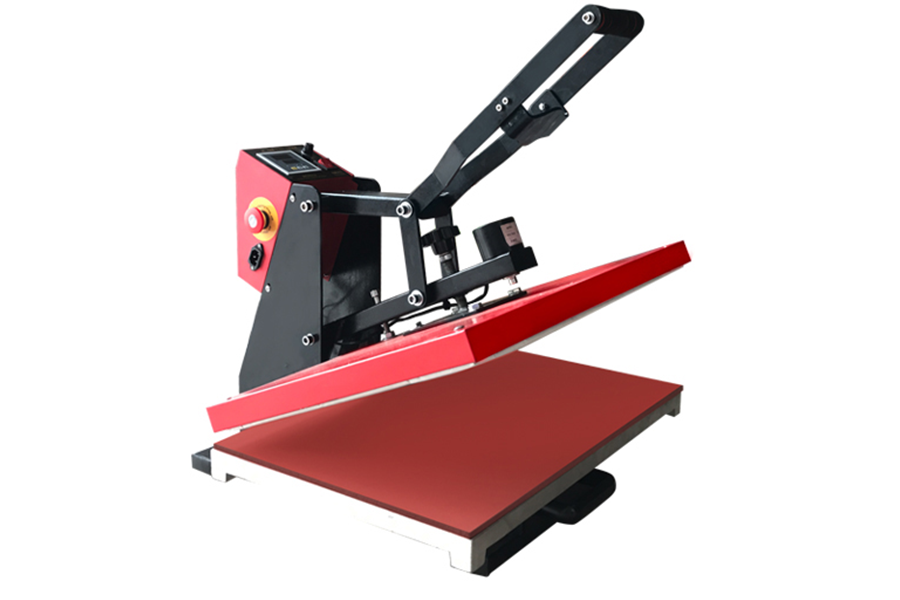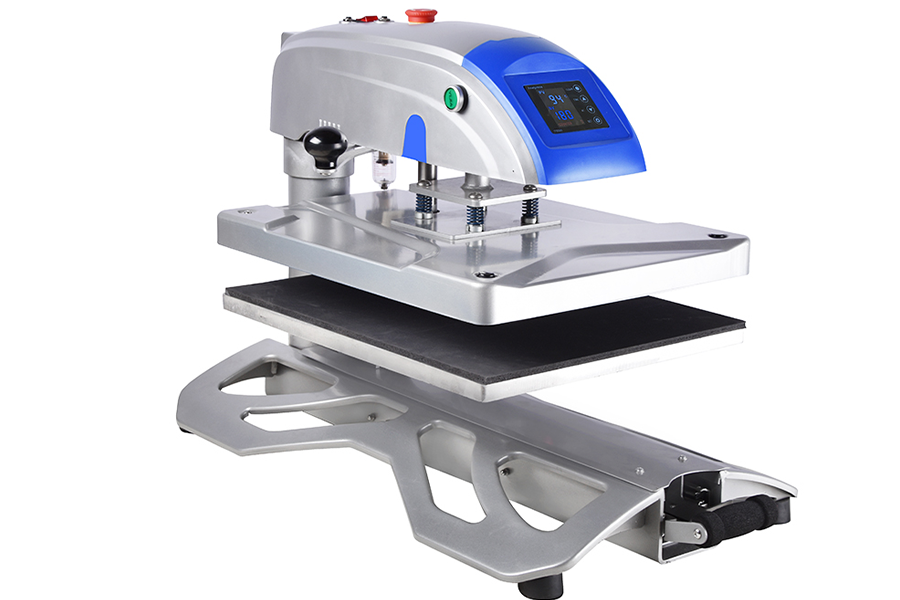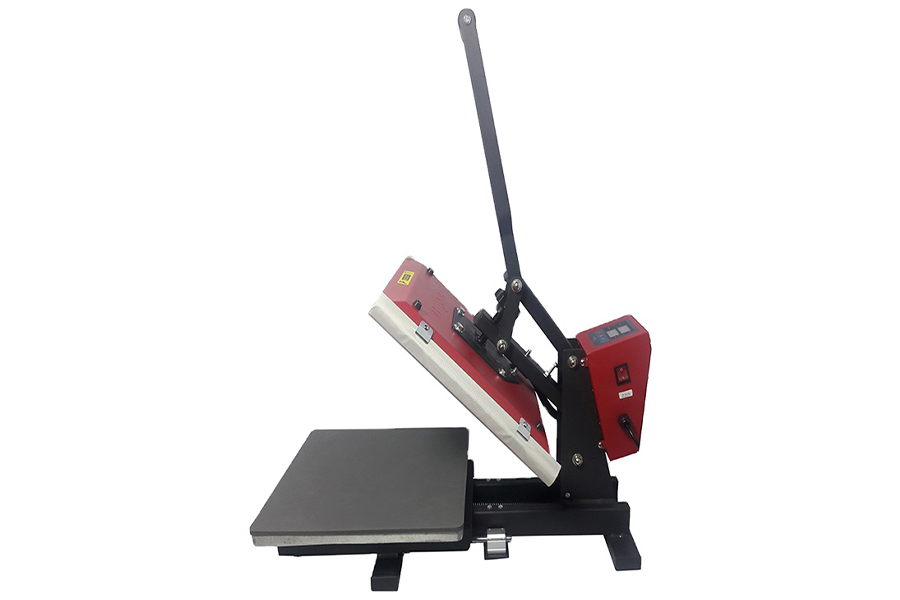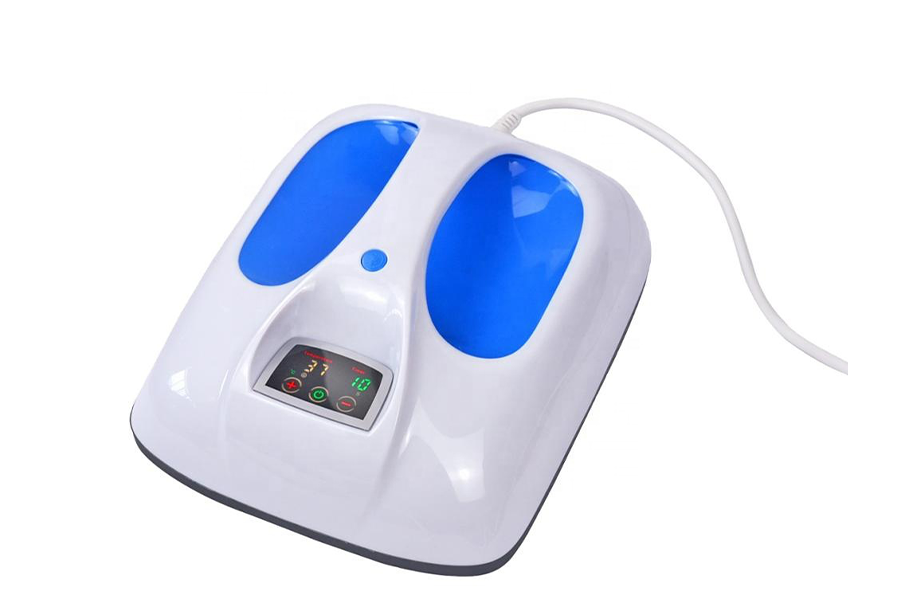Getting good heat press machines is going to take more than window shopping. A guided search is necessary if the current market trends are anything to go by. This article will address the current market share and demands for heat press machines. Also, it’ll look at the types of heat press machines available and what to watch out for.
Table of Contents
Demand and market share for heat press machines
Important factors to consider when selecting heat press machines
Types of heat press machines
Target markets for heat press machines
Demand and market share for heat press machines
The heat press machines industry was valued at $1.2 billion in 2015. Among the contributing factors to its growth is an expanded industrial and manufacturing sector in the apparel industry. Due to an increase in the popularity of printed merchandise and apparel, the sector is expected to grow further. With a CAGR of 12.1%, it has a growth potential of up to $3 billion by 2025.
Important factors to consider when selecting heat press machines
There are a number of factors that are to be considered when buying heat press machines for businesses. Different heat press machines will be suitable for different business needs.
Heat distribution
A good heat press machine will have even pressure across the platen. Even heat distribution allows application on the garment to be easy and straightforward.
Even pressure
Just like heat distribution is important, superior heat press machines should distribute even pressure to the entire garment under the press. Uneven pressure means that some parts of the garment will need to be redone while other parts could be overdone.
Temperature accuracy
This is important because of the types of materials that will be under the heat press machine. For example, T-shirts will require 3500F, while thicker materials such as fabric T-shirts will need higher temperatures for a good heat press.
Digital time and pressure
The amount of pressure applied on each garment and the time each garment takes in the press ought to be the same throughout. Some heat press machines offer to digitize these parameters, which optimizes the overall output of a garment.
Ease of placing garment
Depending on the personnel, an automatic heat press may be a better choice than a manual one because it is easier to use. However, prior training before using any heat press machine is recommended to guarantee quality results..
Size
Bigger canvas sizes will allow heat pressing a garment once. A small canvas size is 11” x 15”. Intermediate sizes are 15” x 15” and 16” x 16” while large canvas sizes are 16” x 20” or larger.
Types of heat press machines
Heat press machines are of various types and made for different needs. Below is a list of types of heat press machines with their features, pros, and cons.
Clamshell heat press machines
Clamshell heat press machines have two platens hinged together on one end. This allows for the closing and opening of the platens to heat press garments.

Features:
- They have bottom and top metal plates known as clam shells.
- They’re connected with a hinge.
- They’re operated by moving the top platen up and down.
Pros:
- They’re cheaper.
- They’re more sturdy.
- They occupy minimal space.
Cons:
- It is difficult to print bulky items.
- Careless use can easily lead to burns.
- Heat dissipates rapidly because the upper platen is exposed to air.
Swing away heat press machines
Swing away heat press machines have an upper platen that can be moved away from the lower platen after heat pressing.

Features:
- They have 2 metal plates, one on the top and one on the bottom.
- The top plate produces heat and is movable in any direction.
Pros:
- They’re safer to use.
- They provide a clear view of the garment area.
- They’re less exposed to air, resulting in less heat dissipation.
Cons:
- They’re more expensive.
- They require more clearance space.
- They’re less sturdy.
Pull out drawer heat press machines
The pull out drawer heat press machine is similar to the swing away heat press machine except for the manner of lifting the platens. The lower platen is pulled out to place or retrieve the garment being worked on.

Features:
- The lower platen is drawn out while the upper platen remains still.
Pros:
- Platen heat is preserved after switching off.
- They require less space for operation.
- They have a heat-free surface, which increases safety.
Cons:
- It is difficult to work with bulky items.
- Garments can be put out of place when drawing out the lower platen.
Portable heat press machines
Portable heat press machines are small in size and easy to carry.

Features:
- They’re small in size and can be easily carried around.
Pros:
- They’re affordable.
- They’re suitable for small business owners.
- They’re portable and lightweight.
Cons:
- Preferred settings cannot be stored for future use.
- They have no pressure application mechanism.
Target markets for heat press machines
The North American and European regions have dominated the heat press market. In 2015, they accounted for 40% of the revenue share. Also, they’re expected to continue with this domination with a CAGR of 12.1% until 2025 with a market value of $3 billion. These prospects are justified by the demand for high-quality and long-lasting apparel. In 2015, the Asia Pacific region accounted for 30% of the market share and is expected to expand at a CAGR of 13.5% by 2025.
Conclusion
Selecting heat press machines goes beyond having a look at them. Consideration of current market trends and the growth projections are important aspects. As we’ve seen, demand for heat press machines is distributed differently across regions. Also, we have seen the key factors that should be considered before buying. For more information on heat press machines, head to the heat press section on Chovm.com.





 বাংলা
বাংলা Nederlands
Nederlands English
English Français
Français Deutsch
Deutsch हिन्दी
हिन्दी Bahasa Indonesia
Bahasa Indonesia Italiano
Italiano 日本語
日本語 한국어
한국어 Bahasa Melayu
Bahasa Melayu മലയാളം
മലയാളം پښتو
پښتو فارسی
فارسی Polski
Polski Português
Português Русский
Русский Español
Español Kiswahili
Kiswahili ไทย
ไทย Türkçe
Türkçe اردو
اردو Tiếng Việt
Tiếng Việt isiXhosa
isiXhosa Zulu
Zulu